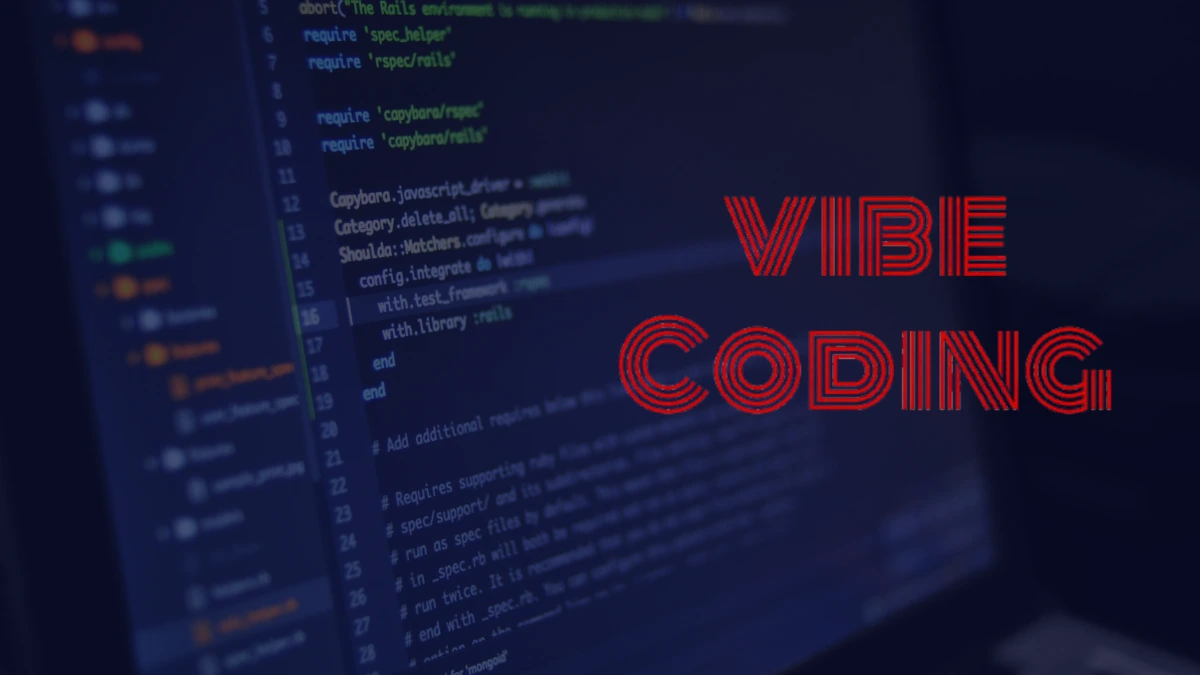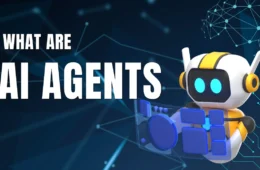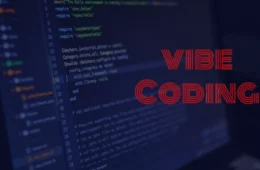
Rethinking Software Development with Vibe Coding
Software development is undergoing a massive transformation driven by the evolution of artificial intelligence (AI). Traditional coding, long defined by manual programming and intricate syntax, now faces a disruptor that promises to re-imagine the entire field. Enter “vibe coding,” a revolutionary approach first introduced by AI pioneer Andrej Karpathy in 2025.
Powered by advanced AI tools such as ChatGPT, Claude, and OpenAI Codex, vibe coding allows developers to shift from manual code to intention-driven programming. Instead of writing every line of code, programmers can draft conversational prompts outlining their goals. The AI then generates functional code based on those inputs.
This blog post explores the concept of vibe coding, its practical implementation, benefits, limitations, and the profound implications it holds for the future of software development.
What Is Vibe Coding
At its core, vibe coding is an AI-driven software development method where users describe their intentions while AI generates executable code. It flips traditional programming on its head by centering the process on user intentions rather than technical syntax.
A Grounded Framework
The foundation of vibe coding lies in the mantra, “code first, refine later.” By producing functional starting points, AI empowers developers to iterate and experiment rapidly. This principle aligns with Agile methodologies, emphasizing fast prototyping, cyclical feedback loops, and continuous improvement.
Human oversight remains integral to coding. AI may generate the initial code, but it’s the developer’s role to verify intent alignment, apply creativity, and refine outputs. This collaborative dynamic enhances efficiency without sacrificing precision.
How to Get Started with Vibe Coding
Curious about trying vibe coding? Here’s a step-by-step guide to get you started.
Step 1. Choose an AI Coding Assistant
Begin by selecting an AI coding tool that meets your needs. Here are three popular options to consider:
- Replit: A versatile platform for collaborative coding that accommodates various programming languages.
- Cursor: Perfect for writing and refining code with structured AI guidance.
- GitHub Copilot: A robust assistant designed for developers working in Visual Studio Code Editor, offering instant code suggestions.
Evaluate their capabilities and user interfaces to find the best fit for your coding projects.
Step 2. Define Your Requirement
Just like a well-written to-do list leads to a productive day, clear prompts create precise AI-generated outputs. Keep your instructions goal-oriented, specific, and concise. For example:
- Ineffective prompt: “Create a website using HTML, CSS and JavaScript.”
- Effective prompt: “Can you generate an HTML, CSS and JavaScript code for a responsive landing page tailored for a tech startup? The landing page should include a well-structured navigation bar that allows users to easily access different sections such as “Home,” “About Us,” “Services,” and “Contact”. Additionally, please incorporate a contact form that collects essential information from users, such as their name, email address, and message. It would be great if the design is modern and visually appealing, ensuring it is mobile-friendly and optimized for various screen sizes. Please also consider including sections for showcasing the startup’s services and any relevant call-to-action buttons.”
The better the input, the better the AI-generated results.
Step 3. Code Refinement
Once the AI produces code, treat it as your first draft. Refine and modify it by:
- Adding detailed prompts for improvements (e.g., “Replace the navigation bar with a sidebar menu”).
- Reviewing structure to ensure it aligns with your objectives.
- Incorporating additional functionality based on project demands.
Iteration is key in vibe coding, allowing incremental progress toward a polished solution.
Step 4. Final Code Review and Deployment
Before deploying AI-generated code, take time for a thorough review. Check for:
- Functionality and accuracy.
- Adherence to project requirements.
- Security vulnerabilities and performance optimization.
Once finalized, deploy your code into production and enjoy the results of your streamlined workflow!
Real-World Applications of Vibe Coding
Startups and tech innovators are already leveraging vibe coding in groundbreaking ways.
- AI app development: Startups in accelerators like Y Combinator use vibe coding to prototype and launch AI-driven applications, reducing time-to-market significantly rapidly.
- Empowering non-programmers: Fields like marketing, healthcare, and e-commerce benefit from vibe coding, as individuals without code expertise create tailored apps for specific market needs.
For example, a small marketing team might use this vibe coding to quickly develop a lead-tracking system, eliminating reliance on external developers.
Benefits of Vibe Coding
This coding isn’t just about convenience; it’s a game-changer for teams and organizations.
Fast Prototyping
With vibe coding, ideas turn into functional prototypes at lightning speed, enabling innovation without significant upfront investment.
Ease of Use
No prior coding experience? No problem. This vibe coding provides an intuitive, AI-guided expertise, lowering the technical barriers to entry.
Cost Efficiency
Vibe coding allows businesses to experiment cheaply and pivot based on feedback, saving time and resources compared to traditional development cycles.
Multi modal Flexibility
Emerging tools are introducing voice-driven inputs, visual programming interfaces, and hybrid platforms, making coding even more flexible and accessible.
Limitations of Vibe Coding
While revolutionary, vibe coding isn’t without its challenges.
Technical Complexity
AI tools may struggle with advanced or unique technical requirements, limiting their effectiveness for highly specialized tasks.
Code Quality Concerns
Generated code often needs improvements for readability, scalability, optimization, and requiring a developer’s touch.
Debugging Difficulties
AI-generated code can lack transparency, making debugging and problem-solving more complex.
Maintenance Challenges
Code generated by AI may follow inconsistent structures, creating hurdles in long-term maintenance and updates.
Security Vulnerabilities
Without rigorous reviews, AI-generated code can introduce security risks. Responsible deployment demands vigilance.
Paradigm Shift in Software Development
Vibe coding is already transforming software development by removing traditional constraints and fostering flexible, iterative problem-solving.
Instead of focusing solely on technical stacks and manual programming, developers are shifting toward result-oriented approaches. Rapid prototyping, risk reduction, and multi modal innovation are becoming the cornerstones of this new paradigm.
Evolution Toward VibeOps
Vibe coding is just the beginning. Enter “VibeOps,” the next wave of AI-driven innovation. VibeOps integrates automated workflows, enabling developers to create complex systems with AI operational efficiency.
For instance, VibeOps facilitates seamless transitions between development, deployment, and monitoring, enhancing DevOps processes with AI support. A key component of its success will be the symbiotic relationship between human intelligence and AI capabilities.
Exploring the Future of Coding
Vibe coding is more than a new trend; it’s a glimpse into the future of software development. By combining AI’s potential with human creativity, coding delivers a dynamic, agile approach to building technology.
Whether you’re an experienced developer or a complete beginner, tools like Replit, Cursor, and GitHub Copilot offer a gateway into this exciting transformation.
The time to rethink software development is now. With this coding trend, you can bring your ideas to life faster, more effectively, and with fewer barriers than ever before.
If you enjoyed this post, you might also like my previous article on “How to Integrate ChatGPT Into WordPress” — check it out here





